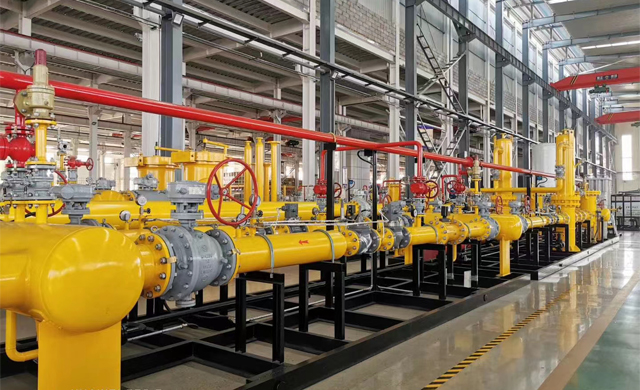
Nov . 20, 2024 00:06
Back to list
صمامات تخفيف الضغط
Pressure Relief Valves Essential Safety Devices in Industrial Applications
Pressure relief valves (PRVs) are critical components in various industrial systems, serving a fundamental role in maintaining safety and operational efficiency. These devices are engineered to automatically release excess pressure from a system, preventing potential hazards and ensuring safe operation under various conditions.
Understanding Pressure Relief Valves
A pressure relief valve is designed to open at a predetermined pressure limit and release excess pressure to prevent equipment failure. This limit is set based on the specifications of the equipment and the potential risks involved. When the pressure within a system exceeds this set point, the PRV opens, allowing fluid—whether gas or liquid—to escape and bringing the pressure back down to safe levels.
Types of Pressure Relief Valves
There are several types of pressure relief valves, each suited for different applications. The most common types include
1. Spring-Loaded Relief Valves These rely on a spring mechanism that holds the valve shut until the pressure exceeds a designated level. The higher the pressure, the more the valve is forced open.
.
3. Balanced Bellows Relief Valves Designed to handle high backpressure, these valves use a bellows mechanism to ensure that the valve opens at the right pressure, irrespective of the backpressure.
صمامات تخفيف الضغط

Each type of valve has its own advantages and ideal use cases, and selecting the right valve is crucial for ensuring system reliability and safety.
Applications and Industries
Pressure relief valves are essential in numerous industries, including oil and gas, chemical processing, pharmaceuticals, and power generation. In oil and gas, for example, PRVs protect pipelines and storage tanks from overpressure, which can lead to catastrophic failures. In the chemical industry, they ensure that reactors and vessels operate safely under varying pressures during production processes.
In the power generation sector, particularly in steam systems, PRVs are vital in preventing boiler explosions by controlling steam pressure. By venting excess steam, they maintain operational safety, thus safeguarding personnel and equipment.
Regulatory Standards and Maintenance
Given their critical role in safety, pressure relief valves are subject to stringent regulatory standards. Organizations such as the American Society of Mechanical Engineers (ASME) outline guidelines for the design, installation, and maintenance of PRVs. Regular maintenance of these valves is essential to ensure their reliability. This includes routine testing, inspections for wear and tear, and timely replacement of components as needed.
Conclusion
Pressure relief valves are indispensable safety devices in many industrial applications. Their ability to prevent overpressure scenarios not only protects equipment but also safeguards personnel and the environment. By understanding their function, types, and importance in various applications, industries can better appreciate the need for proper selection, installation, and maintenance of these vital safety devices. As technology advances, PRVs will continue to evolve, integrating more sophisticated features to enhance their reliability and effectiveness in the face of ever-changing industrial demands.
Next:
Latest news
-
Safety Valve Spring-Loaded Design Overpressure ProtectionNewsJul.25,2025
-
Precision Voltage Regulator AC5 Accuracy Grade PerformanceNewsJul.25,2025
-
Natural Gas Pressure Regulating Skid Industrial Pipeline ApplicationsNewsJul.25,2025
-
Natural Gas Filter Stainless Steel Mesh Element DesignNewsJul.25,2025
-
Gas Pressure Regulator Valve Direct-Acting Spring-Loaded DesignNewsJul.25,2025
-
Decompression Equipment Multi-Stage Heat Exchange System DesignNewsJul.25,2025

